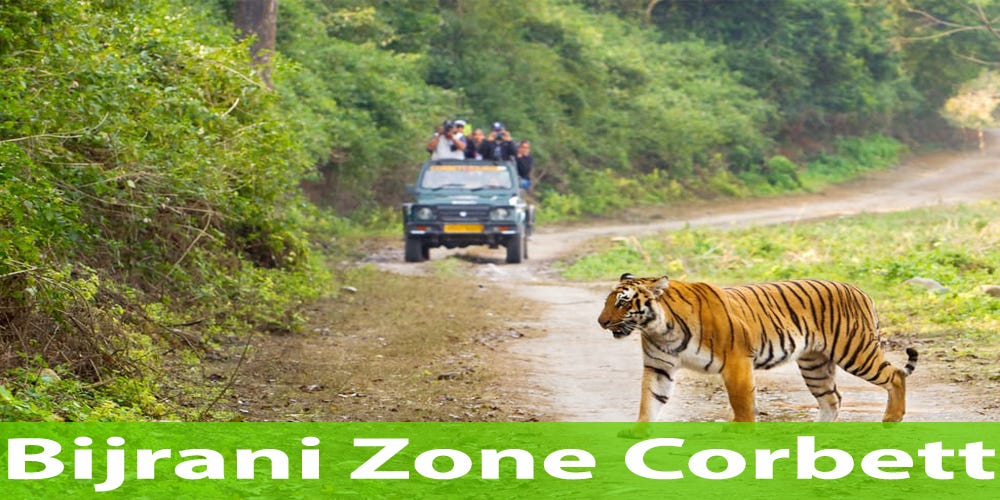

Jim Corbett National Park, located in the Nainital district of Uttarakhand, India, is an epitome of wild beauty and one of the oldest national parks in India. Established in 1936 as Hailey National Park to protect the endangered Bengal tiger, it was later renamed after the legendary British-Indian hunter and conservationist Edward James Corbett, known as Jim Corbett. The park spans over 520 square kilometers and encompasses a mosaic of different habitats from dense moist deciduous forests to marshy depressions and grasslands. Bijrani Zone is one of the premium ecotourism spots in this park.
Bijrani Zone is known for its diverse wildlife and strikingly beautiful terrain. It was once a part of a shooting block during the times when the area was under British rule. The Britishers would often host their game hunts in this region. Post-independence, these practices were banned and the area was later developed for eco-tourism. The zone became a sought-after destination for wildlife enthusiasts and nature lovers due to its high density of tigers and picturesque landscapes.
Tourism officially kicked off in Corbett National Park in the early 1970s. Initially, it was the Sonanadi Wildlife Sanctuary and other buffer areas that were given attention by visitors. However, the Bijrani Zone gained popularity rapidly because of the relatively higher chances of spotting the royal Bengal Tigers.Conservation efforts have been intense in Bijrani. Ecotourism has been leveraged as a tool not only for conservation but also to provide a sustainable livelihood for local communities. Tourism in this zone is highly regulated to ensure that the impact on the environment is minimal. The number of vehicles allowed inside Bijrani during morning and afternoon safaris is restricted, and there are well-defined eco-tourism policies in place, such as a strict no-litter policy and noise control regulations.
The management of Jim Corbett National Park has worked meticulously to balance out tourism and the need for conservation, which has helped in sustaining Bijrani's natural resources and wildlife for future generations. This area is also an excellent spot for bird watching, with numerous species of birds making it a paradise for ornithologists.
In recent years, wildlife tourism in India has shifted towards more responsible practices, and Bijrani Zone is at the forefront of this movement. The latest trends focus on minimizing the ecological footprint of visitors. This includes initiatives to make vehicles more eco-friendly and advances in ecotourism infrastructure.
Another emerging trend in this region is the incorporation of technology, such as online safari booking systems and the use of apps for wildlife sighting data. This has made it easier for tourists to plan their trips and has helped in managing the visitor flow more efficiently.
Furthermore, there is a growing inclination towards experiential stays. Resorts and lodges in and around the Bijrani Zone are increasingly offering experiences that allow visitors to immerse themselves in local culture and nature, such as village walks, cultural performances, and guided nature walks that educate tourists about the local flora and fauna.
Overall, the evolution of tourism in Bijrani Zone, Jim Corbett National Park has come a long way. From royal hunting grounds to a conservation-driven ecotourism destination, Bijrani continues to enchant visitors with its wild charm while preserving its natural heritage for generations to come.